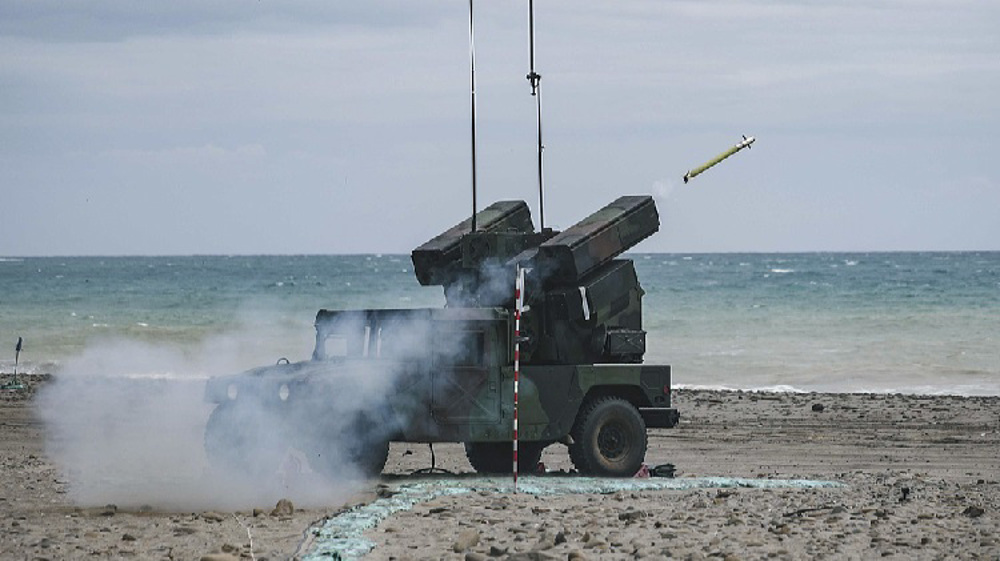293 cities in China saw lower-than-standard air quality in 2015: Study
Nearly 300 cities in China failed to meet national standards for air quality last year, Greenpeace environmental group says.
The international group said in a Wednesday report that a total of 293 – or 80 percent – of the 366 cities whose data it analyzed did not meet China’s own air quality standards in 2015.
According to Chinese national standards, the yearly average of PM2.5 – Particulate Matter up to 2.5 micrometers in size, which is small enough to deeply penetrate the lungs – should not be more than 35 micrograms per cubic meter; the World Health Organization (WHO)’s standard is 10 micrograms per cubic meter.
None of the cities in the study met WHO standards. The average level of PM2.5 in the cities monitored was over five times the maximum recommended by WHO, the report added.
With an average of 80.4 micrograms per cubic meter, the Chinese capital, Beijing, was the 27th most polluted city in the survey. According to Greenpeace, it had 26 days of “heavy air pollution” in the final three months of 2015.
“The principal reason for this higher frequency of smog in Beijing and surrounding areas this winter was wind and humidity conditions,” Greenpeace said, adding, however, “Though weather conditions help smog develop, the origin of the pollution remains heavy coal burning across northern China.”

In recent years, China has seen extremely high levels of air pollution particularly in the northeast, the industrial heartland of the country.
Scientific studies attribute 1.4 million premature deaths per year – or almost 4,000 per day – to pollution in China.
Coal-fired power plants, vehicle emissions, construction and factories are the main factors to blame for most of the pollution. The Chinese government is mulling over the reduction of hazardous emissions from coal-fired power plants by 50 percent over the next five years.
Over 60 percent of electricity in the country depends on coal as Beijing is still in the process of shifting to nuclear, solar and wind power for energy.
VIDEO | Beirut’s southern suburbs targeted in 'heavy' Israeli strikes
Haaretz: Over 10,000 Israelis have migrated to Canada this year
VIDEO | Press TV's news headlines
Official: Iran to respond ‘decisively’ to any threat to its nuclear program
Nearly 70 Mossad-linked terrorists killed or captured in southeast Iran
What collapse of German coalition government means
Iran, Syria emphasize need to stop Israeli atrocities in Gaza, Lebanon
Clinton whisked away amid pro-Palestine protest at Belfast university















 This makes it easy to access the Press TV website
This makes it easy to access the Press TV website